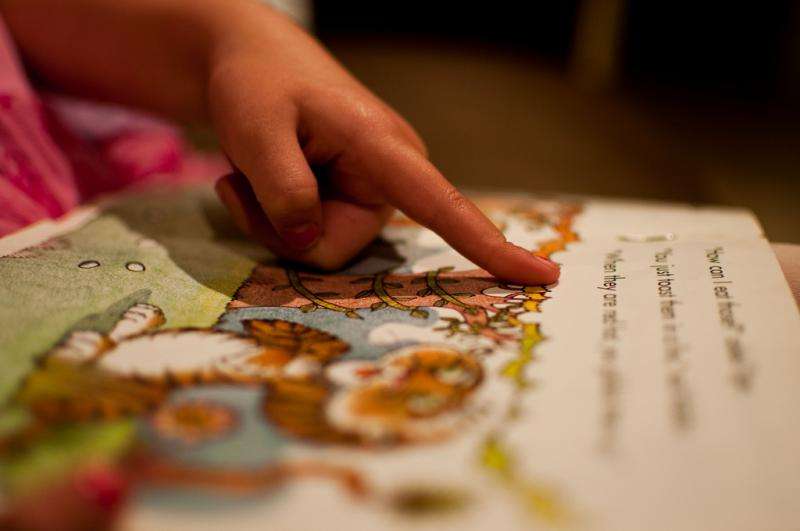The link between the visual perception of letters and numbers and children's academic performance

Has your child ever had trouble deciphering a 3, 7, or 9? What about recognising a G, Q or Z?
They are probably not alone—these numbers and letters are the hardest for young brains to master, according to ECU researcher Janet Richmond.
Dr Richmond is exploring the link between the visual perception of letters and numbers and children's academic performance.
She says for some students, difficulty with reading and writing can be put down to the way they interpret what they see.
Dr Richmond was inspired to conduct the research after 13 years working in specialist schools in South Africa, which address learning difficulties and then return children to mainstream schooling.
Many students who could not read, write, spell or do maths when they started at the specialist school ended up topping classes in mainstream schools later in life.
"Those children would have been put in the bottom of the class and seen as not worth paying much attention to if they never got that special attention to just help them overcome those difficulties," Dr Richmond says.
"Then they [the students] end up being the top performers in society."
"Just that little bit of help at the right time—it can change their life."
Research considers primary school intervention
Success stories include Dr Richmond's own son, whose Year 1 teachers said he would fail his first year at school because he could not read at all—after two years in a specialist school he had a reading level above his age.
Dr Richmond's current research is exploring different interventions for primary school children who have problems with visual perception.
This work includes scanning children's brains to examine the areas that light up when kids recognise a letter or number.
But for despairing parents who can't wait for the completion of the research, Dr Richmond says there are a few simple strategies they can try if they suspect their child is having difficulty recognising letters.
"Looking at the type of font that is used makes a difference because if you're putting the little flick on a letter sometimes that can help a child to know which way the letter's got to go," she says.
Dr Richmond says using visual pictures can also help children to connect a sound with a letter shape, such as showing kids that the word bed, when written correctly, makes a shape that a person could lie on.















